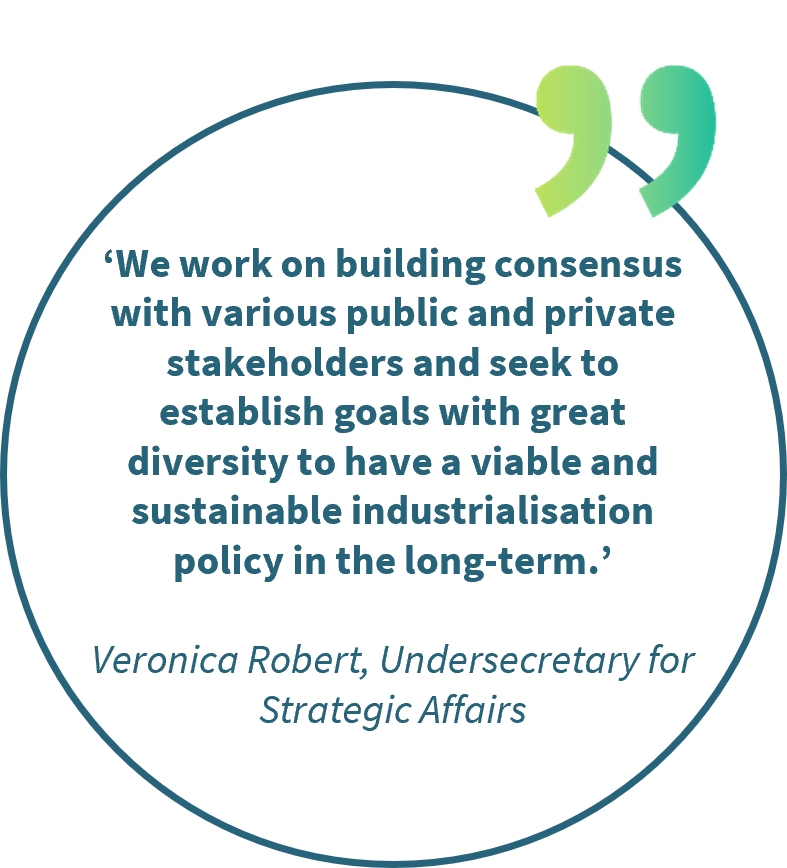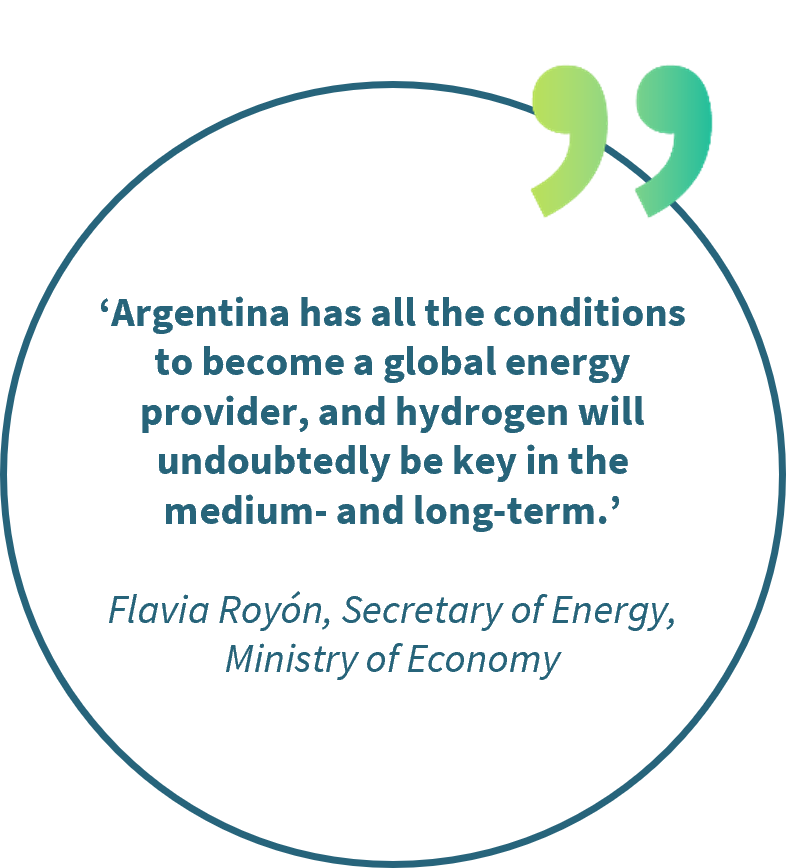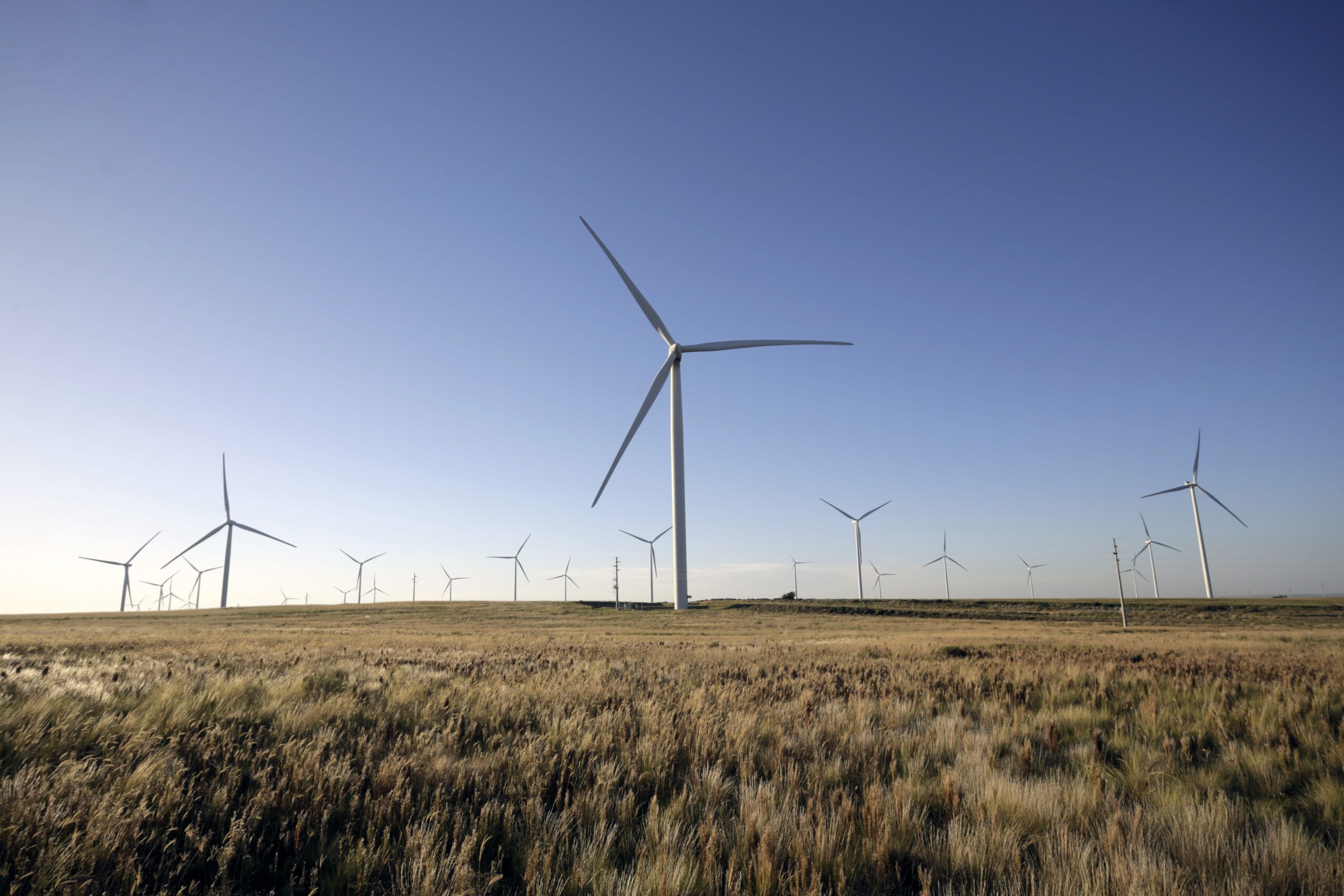Published on September 5, 2023
Three years in the making: following a thorough dialogue process with all stakeholders of the country’s future green hydrogen and Power-to-X (PtX) value chains, Argentina’s Secretary of Strategic Affairs will present its national green hydrogen strategy in September 2023.
The potential for the country is manifold: strong winds, especially in Patagonia in the south of the country, offer ‘sweet spots’ for electrolysers to run all day. This is an important factor in making their green hydrogen production economically viable.
The country’s potential might be even higher for green ammonia: Argentina is the world’s third largest exporter of agricultural commodities after the United States and Brazil. However, the domestic agricultural industry is dependent on fertiliser imports. And the heavy reliance on fossil gas in fertiliser production makes the industry carbon intensive.
Therefore, producing green ammonia and sustainable fertilisers could reduce gas consumption and encourage defossilisation and sustainable development in the country. As Argentina has favourable conditions to produce green hydrogen at low cost, it could also produce green ammonia cheaper than other countries. This could position the country as a major exporter of green ammonia in the future.
Paving the way for making these potentials a reality, the national strategy will establish medium- and long-term objectives for hydrogen production, research and development, environmental policy, employment and training, transport, infrastructure, and international trade and cooperation. In parallel, the Secretariat of Energy has published the Energy Transition Plan 2030, in which hydrogen also plays a strategic role. To make a national strategy work, many people and organisations need to be involved, and their perspectives heard. In Argentina, the Secretary for Strategic Affairs took the lead in coordinating this process.

In addition to conducting numerous meetings, analysing existing studies and developing new ones, the Secretary organised consultations with an intersectoral roundtable to jointly develop the hydrogen strategy with stakeholders. These included the Secretary of Energy as part of the Ministry of Economy, other ministries, provincial governments, representatives of the private sector, scientific institutes, and universities. In total around 90 participants from 30 institutions took part. The International PtX Hub is one of the supporting institutions that actively participated in the process.
Providing research and data to validate the national hydrogen strategy
The International PtX Hub team in Argentina developed allocation scenarios. The scenarios provide projections of Argentina’s potential green hydrogen and green ammonia production volumes, as well as expected volumes of green hydrogen demand for both domestic and international markets. This data was considered in the development of the national strategy and confirmed the initial projections underpinning the vision and principles of the national strategy.
The strategy will cover a wide range of factors: prioritisation of sectors for domestic use of hydrogen and for research and development, in which segments of the value chain national suppliers will be needed, skills shortages, main corridors for transport of hydrogen and/or CO2. The International PtX Hub team emphasised the importance of considering the availability, location, and transport of carbon sources as part of the national hydrogen strategy. As CO₂ will be a key component in the production of most hydrogen-based products such as synthetic fuels and chemical products like methanol, this will influence the location of PtX production sites. For instance, it makes sense to place synthetic fuels production in provinces close to the bioenergy industry or other sustainable carbon sources. Meanwhile, green ammonia could be produced in areas with extraordinary renewable energy conditions such as the south of Patagonia, where less carbon sources are available.
We are looking at where new export terminals could be located. For the deployment of projects of a certain size, we are also identifying opportunities to use existing infrastructure as well as looking at the security and technical requirements for storage infrastructure needed to export PtX products. The ports we are currently considering serve international traderoutes.
Verónica Chorkulak, Technical Advisor at the International PtX Hub
Other issues are still under discussion: how to integrate environmental concerns from the outset, learning from lithium mining experiences, early involvement of affected communities, the importance and feasibility of Carbon Capture Utilisation and Storage (CCUS), water stress and the potential of desalination plants, and how to foster local employment and enhance economic activity for local industries
Other questions remain about the use of existing port infrastructure for green hydrogen and ammonia exports. The International PtX Hub is addressing these questions currently with a new study.
Strengthening knowledge for policy and regulatory development
To enrich the exchange on opportunities and needs in terms of policy and regulation for green hydrogen and PtX products, the Secretary of Energy and the International PtX Hub organised a one-day-training for representatives from the ministries and technical public institutions who are part of the intersectoral roundtable.
The training in May helped to reach a common understanding of the topic. What stood out? The importance of the safe handling of green ammonia and how to ensure it peaked all participants concerns.
Claudia Ilting, Project Lead of the International PtX Hub in Argentina
The two trainers, Griselda Lambertini from CEARE – Centro de Estudios de la Actividad Regulatoria Energética and Luciano Caratoni from the Fundación Torcuato Di Tella held the training after having learned how to facilitate it at the International PtX Hub’s Train-the-Trainers programme in Berlin.
I am very happy and honored to have been invited as a trainer to the first International PtX Hub training in Spanish for Argentinian public stakeholders. We also had the chance to share our vision about opportunities and challenges for the renewable hydrogen economy in Argentina. What was most discussed by the Ministry participants were the different hydrogen production pathways (green, blue, pink) and how to get a certification scheme in place.
Griselda Lambertini, CEARE – Centro de Estudios de la Actividad Regulatoria Energética
To work closer with the provinces, the Secretary of Energy, the Secretary of Strategic Affairs and the International PtX Hub are currently planning to conduct the full two-day basic training on PtX in the provinces of Buenos Aires, Chubut, and Tierra del Fuego, all with exceptionally high potentials for green hydrogen. The latter has already developed its own hydrogen strategy.

With wind speeds of more than 9 m/s and regional and international ports that will be converted to handle green ammonia, the provinces are key regions where PtX production will take off. They play an important role, particularly in carrying out the environmental assessment for the national strategy. Also, the PtX and renewable energy industries could help to stimulate local development, by efficiently using the diverse natural resources needed such as energy and sustainable carbon.
Claudia Ilting, Verónica Chorkulak and Sebastian Murua contributed to this article.
